Primrose is a perennial, highly ornamental plant of the primrose family. The name “primroses” is not always justified in relation to this flower. Numerous species of it are known, blooming not only in spring, but also at the beginning, middle and even end of summer. All of them are of decorative interest.
Primrose varieties with photos
Spring primrose - the earliest flowering variety, flowering from April to May.A plant up to 30 cm in height with flowers of a wide variety of colors, sometimes bicolor, but more often yellow. The inflorescences are umbrella-shaped, dense, large, multi-flowered. The leaves are ovate, narrowed into a petiole, crenate, wrinkled.
Primula large-cupped - blooms from late April to May. The flowers are yellow, with orange spots inside. The inflorescences are umbellate. The leaves are ovate, oblong, wrinkled, finely toothed. The height of plants of this variety is 30-35 cm. Along with the previous species, it has high medicinal properties.
Primula serratus - a relatively tall, up to 50 cm, plant that blooms in April-May. The leaves are large, oblong-oval, strongly wrinkled, finely toothed. The flowers are lilac, purple, relatively small, collected in capitate, almost round dense inflorescences.
Primula stemless - just like spring, the earliest of all varieties.
Primrose Julia - also an early flowering variety (from April to May). A low plant, only 10-15 cm tall. The leaves are basal, long-petiolate, light green, ovate-rounded with a heart-shaped base. And the flowers are purple-pink, up to 3 cm in diameter, solitary, on thin stalks.
Siberian primrose begins to bloom in May and ends in June with red-violet, rarely white flowers in umbellate inflorescences. The leaves are basal, petiolate, with a heart-shaped base, pubescent. The stalk is thin, slightly hairy, up to 30 cm high.
Primula aurica (auricula) - is distinguished by its bicolor flowers, which come in a wide variety of colors - from pink and yellow to purple and bluish. The inflorescences are spherical-umbrella-shaped, rather large. The leaves are basal, petiolate, slightly toothed along the edge. Flower arrow up to 25 cm in height. Flowers and leaves have a powdery coating on the underside.This variety blooms in May.
Primula Voronova - early flowering variety (from April to May). Plant height up to 20 cm. Leaves are basal, ovate. The flowers are pink, collected in an umbrella-shaped loose inflorescence.
Japanese primrose - a very original variety, not similar to primroses at least in terms of flowering time. It begins in June and lasts until the end of August. The flowers are reddish, up to 2 cm in diameter, arranged in inflorescences in tiers in the form of multi-flowered rings. Flowering begins from the lower tiers, decreasing towards the top.
Primrose of Pallas - this variety occupies an intermediate position in terms of flowering time. Flowering continues from May to June. The flowers are light yellow - “rams” - in umbellate inflorescences. Leaves are basal, obovate. Plant height up to 30 cm.
Primroses with a summer flowering period include: Siebold's primrose, Buddleya's primrose, Bullesiana's primrose, Bis's primrose.
How to care for primrose
Garden primrose, care and cultivation:
The variety of species of this plant allows you to have a flowering cascade of plants from spring to late summer. However, such a decorative effect is possible only with proper agrotechnical care of flowers.
Where to plant. All types of primroses love moist, but not flooded soils and shade. Indeed, in nature they grow under the canopy of trees and shrubs or on the northern side of mountains and foothills. Clay soils are unfavorable for these flowers unless they are loosened with sand, humus and peat.
When to plant. Primrose gratefully tolerates transplants. It can be replanted in spring, summer, and autumn. The only condition is abundant watering and preservation of the earth clod. However, the optimal time for planting should be early spring and the first half of September.Of course, the quality of planting material must be good. After planting, the plants should be watered abundantly for 10-15 days. Subsequent care includes mulching, weeding and watering.
How to care. During the summer, three fertilizing applications should be given. One - in early spring (nitrogen), the second - 2-3 weeks after the first (phosphorus) and the third - in early August (potassium-phosphorus-nitrogen). However, fertilizer doses should be low. If overfertilized, primrose does not bloom. It is good to mulch the soil with humus in the spring.
It is necessary to water abundantly, but not often, only on the hottest and driest days. But at the end of August, watering should be increased. During this period, new leaves are formed and buds are laid. If it is a long, warm autumn, the primrose may bloom, which is not at all desirable. The flowers must be plucked and the plant fertilized so that it does not go away exhausted in winter.
It is very important to preserve the leaves until late autumn. They not only nourish the plants, but also provide natural shelter for the winter. These are the basic rules of care, by following them you can grow these cute primroses.
Primrose propagation
Primrose reproduces well by dividing bushes, cuttings and seeds.
Dividing the bush - The easiest way. Divide three-year-old bushes in spring or late summer. When planting, do not bury the root collar. You should also take into account the strong growth of plants, so they should be planted at a distance of at least 20 cm from each other.
Seed propagation is not difficult and highly desirable, since the plant is completely rejuvenated. Seeds must be sown fresh in the fall of the current year. Sowing is done in open ground, boxes or pots. Shoots are often not friendly, this should not scare you.
How primrose reproduces video:
Seedlings dive when two true leaves appear at a distance of 10-12 cm from each other. Only in the second year are they transplanted to a permanent place. For winter, seedlings must be covered with dry leaves with a layer of 10 cm.
Primroses are widely used as border plants, in the formation of separate groups, in shady alpine slides.
Continuation of the topic:
- Planting astilbe and further care
- How to care for anemones
- Growing aquilegia from seeds
- Varieties of garden geraniums
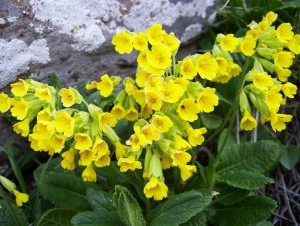
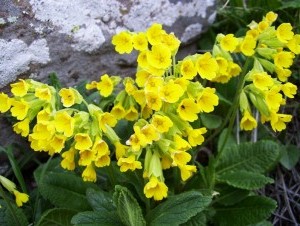
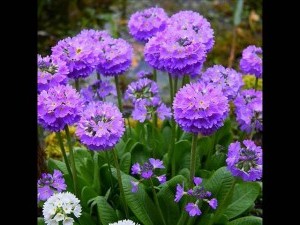
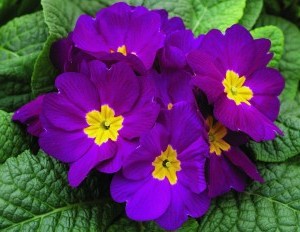
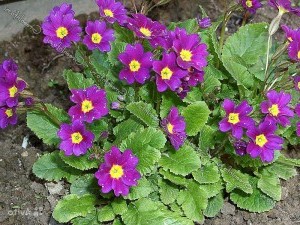
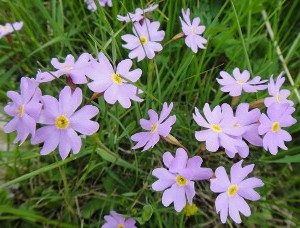
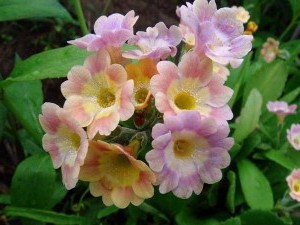
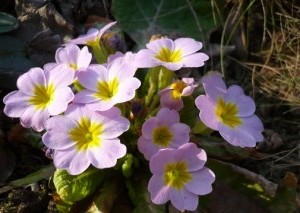
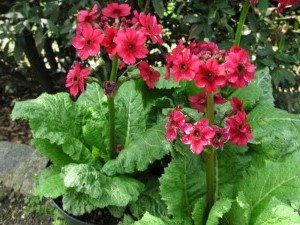
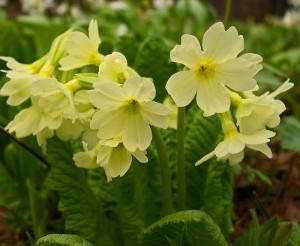
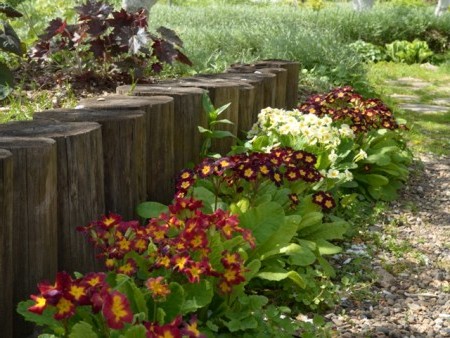


 CUCUMBERS NEVER GET SICK, I'VE BEEN USING ONLY THIS FOR 40 YEARS! I SHARE A SECRET WITH YOU, CUCUMBERS ARE LIKE THE PICTURE!
CUCUMBERS NEVER GET SICK, I'VE BEEN USING ONLY THIS FOR 40 YEARS! I SHARE A SECRET WITH YOU, CUCUMBERS ARE LIKE THE PICTURE! You can dig a bucket of potatoes from each bush. Do you think these are fairy tales? Watch the video
You can dig a bucket of potatoes from each bush. Do you think these are fairy tales? Watch the video
 How our fellow gardeners work in Korea. There is a lot to learn and just fun to watch.
How our fellow gardeners work in Korea. There is a lot to learn and just fun to watch. Eye trainer. The author claims that with daily viewing, vision is restored. They don't charge money for views.
Eye trainer. The author claims that with daily viewing, vision is restored. They don't charge money for views. A 3-ingredient cake recipe in 30 minutes is better than Napoleon. Simple and very tasty.
A 3-ingredient cake recipe in 30 minutes is better than Napoleon. Simple and very tasty. Therapeutic exercises for cervical osteochondrosis. A complete set of exercises.
Therapeutic exercises for cervical osteochondrosis. A complete set of exercises. Which indoor plants match your zodiac sign?
Which indoor plants match your zodiac sign? What about them? Excursion to German dachas.
What about them? Excursion to German dachas.